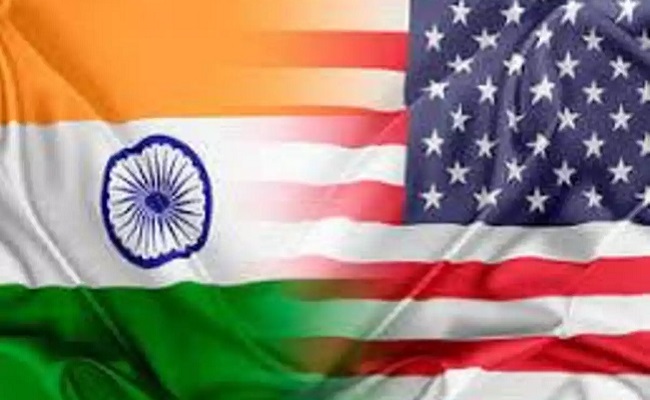
Donald Trump’s move to slap a 50 percent tariff on Indian imports is set to pinch American consumers and businesses alike.
The steep duties will hit everyday items; from textiles and jewellery to shrimp and machinery; pushing up costs across households and industries.
Everyday Goods Get Pricier
Textiles and apparel are among the hardest hit. According to a Moneycontrol report, knitted clothing could face duties near 64 percent, woven garments around 60 percent, and bed linens and towels about 59 percent.
Jewellery isn’t spared either — diamonds, gold ornaments and other Indian-made pieces will now carry import duties exceeding 52 percent.
Household furnishings such as rugs, mattresses, and furniture will also become significantly more expensive.
Even outside fashion and décor, Indian leather goods, footwear, and seafood are set to cost more. Shrimp, already subject to anti-dumping duties, will now attract a combined levy of more than 33 percent.
Organic chemicals and mechanical appliances, staples for US manufacturers, are expected to face duties over 51–54 percent, further raising costs of mid-range equipment.
A clear example: a $10 Indian-made shirt will now cost $16.40 in the US — more expensive than similar imports from China ($14.20), Bangladesh ($13.20), or Vietnam ($12).
Impact on US Businesses
While tariffs are often pitched as a way to protect American jobs, industry surveys suggest otherwise.
Data from the Dallas Fed shows nearly 70 percent of manufacturers say higher tariffs have hurt their operations this year, with many passing costs on to industrial and military clients.
One Texas furniture maker told the Fed, “We are probably going out of business within 90 days.”
Meanwhile, the scrapping of tariff exemptions on low-value packages has prompted postal services in Europe and Asia to suspend shipments to the US, shrinking options for online shoppers on platforms like Etsy, Shopify, and TikTok Shop.
Consumers Caught in the Middle
India now faces one of the steepest US tariff regimes, alongside Brazil. Economists warn that while global supply chains may shift toward Vietnam, Bangladesh, and Mexico, US consumers will pay the price through “sneakflation” — small but steady price hikes that strain household budgets.
For lower-income Americans, these incremental increases mean tough trade-offs: cutting groceries to cover utility bills, or skimping on healthcare to buy children’s clothes.
From toys and sporting goods to furniture and shrimp cocktails, tariff-driven inflation is expected to ripple across the economy in 2025.
The Federal Reserve Bank of Atlanta has already noted that both tariff-exposed and non-exposed firms plan to raise prices next year, raising fears of yet another inflationary wave.












